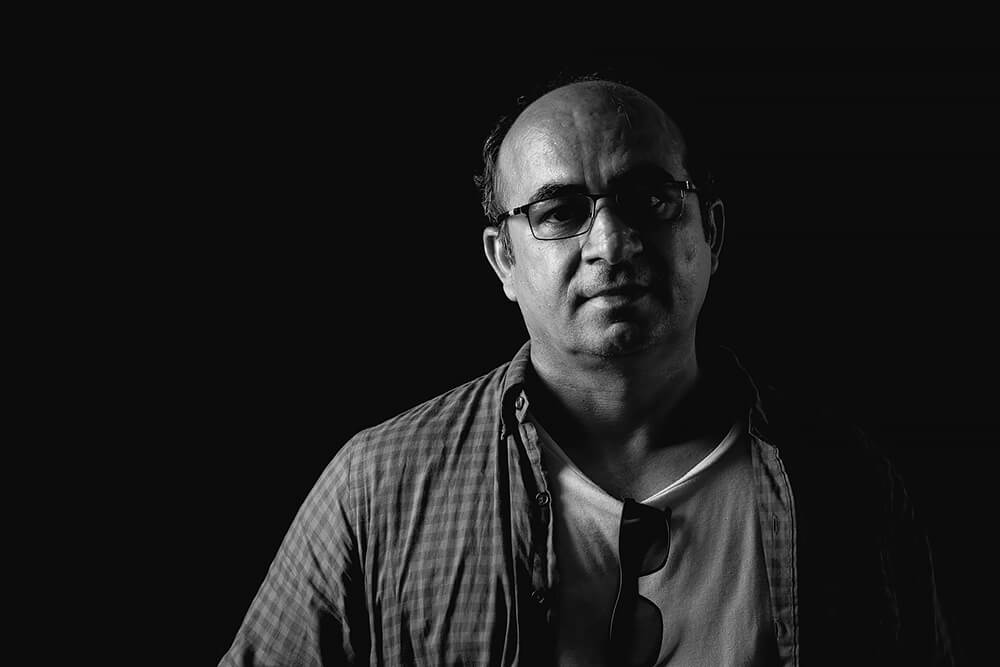Younes Mohammad is Born in 1968 in Dohuk, Iraq. He's a Kurdish freelance photographer mostly active on assignments for newspapers, magazines, etc. He spent his life in Iran as a refugee from 1974 - 1998 and graduated with an MBA University of Tehran. Photography was his passion but he had no chance to follow it while the war situation was still continuing Under Saddam's time.
In 2011 he quits his job and starts his journey as a photographer. His work has been exhibited internationally and published widely in publications. He has received numerous awards. He is now based in Erbil, Iraq.
About Open Wounds
"I start to work on a long-term project documenting the sacrifices of Kurdish Peshmerga in the fight to put down ISIS.
Speaking with hundred Peshmerga, taking intimate portraits of the wounded fighters, their families, and documenting both the stories in the battle and their ongoing struggles to navigate post-conflict life. Through the work, I found stories of immense suffering. Fighters who took up arms, not because they were required to do so, but because it was right and it was what had to be done. These men, often fighting side by side with brothers, uncles, cousins, fathers, and sons, knew that the freedom and survival of their people were at stake.
As they retold stories of watching family and friends killed in front of them and of battles they did not expect to survive, they simultaneously shed tears for the losses and for the pride they had in what their comrades and they had done.
Almost all of the men showed severe physical injury. Arms, legs, and eyes lost. Bodies so riddled with bullet and shrapnel wounds that simple movement created wincing pain. These men also showed the signs of the heavy burdens of the mental traumas, of PTSD, and of memories that would not leave them. Despite all they suffered, they often said they would go back to the fight again if ever called. They would do this for their children, their families, their people, and for the wider world.
Tragically, their suffering does not end having returned home. The men face new challenges, such as getting prosthetic limbs, ongoing care, providing for their families despite their debilitating injuries, and more. They wonder, if they would give everything to help protect the world, will the world help them or forget them now that they have put down their guns.
I have hope that, through this work exploring conflict and post-conflict humanitarian issues, the World may better understand what these men and their families have given for the Kurdish people, the region, and, in fact, the world. " -- Younes Mohammad
